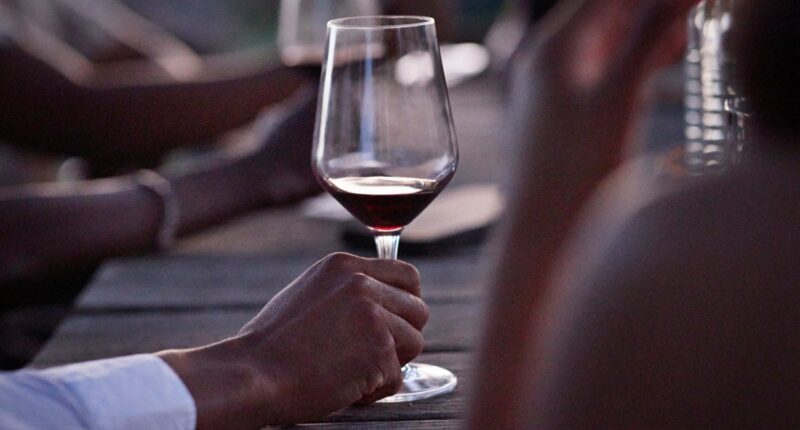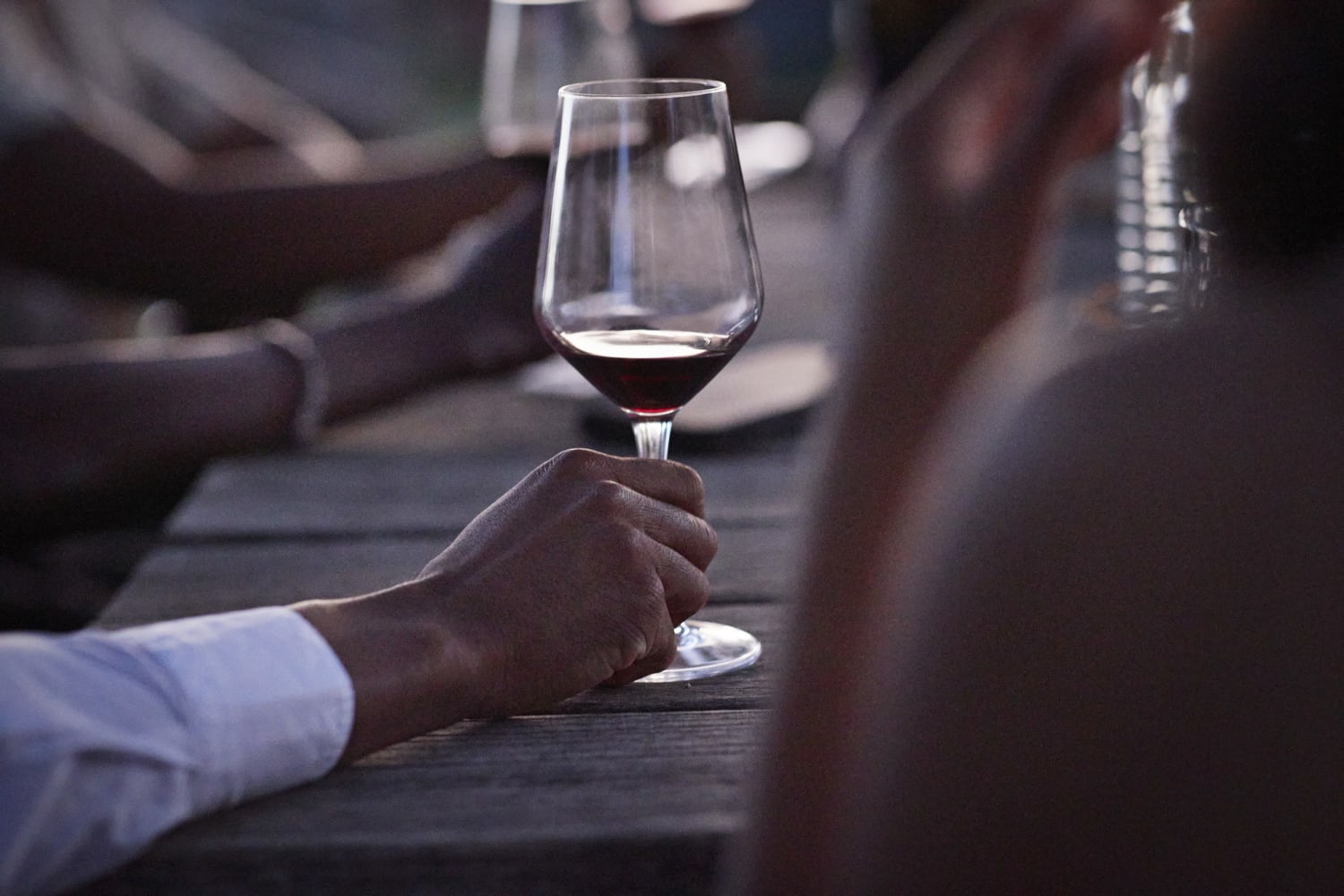
Although it’s common knowledge that drinking too much is unhealthy, research sometimes conflicts about where the dividing line is between permissible and risky alcohol consumption — and whether drinking a small amount could come with any health benefits.
In the last few months alone, two large studies have further complicated the picture: A March analysis found that moderate drinkers do not have a lower risk of death than lifetime nondrinkers, while a June study found that heart health benefits associated with moderate alcohol consumption could be linked to the way it can reduce stress activity in the brain.
Meanwhile, a study published last month showed that deaths related to excessive drinking are rising in the United States, especially among women.
So how harmful is a weekly or even nightly glass of wine? NBC News spoke to eight nutritionists and doctors about the risks and supposed benefits of alcohol. They generally agreed that abstaining is healthiest, but that for most people, a modest level of drinking doesn’t carry significant risk.
The notion that drinking may somehow improve health, they said, is misguided.
“There’s no absolute safe level of drinking,” said Tim Stockwell, former director of the Canadian Institute for Substance Use Research. “We usually underestimate the risks from alcohol because we’re so familiar with it.”
What to make of studies suggesting health benefits of drinking
Perhaps the most common myth about the benefits of alcohol is the idea that an occasional glass of red wine boosts heart health.
Over the last few decades, several studies have found a link between moderate alcohol consumption and reduced risk of heart disease. However, experts said such research does not necessarily account for the possibility that light drinking can be associated with other healthy lifestyle factors, like being active and eating a balanced diet, or that participants who don’t drink may have experienced negative health effects of alcohol before deciding to go sober.
Dr. Krishna Aragam, a cardiologist and researcher at the Massachusetts General Hospital and the Broad Institute of Harvard and MIT, said some past research has found that light to moderate drinkers may be more likely to have lower body mass index, eat more vegetables and engage in more physical activity than people who do not drink at all.
“There is a general theory that maybe people who can impose moderation with regards to how much alcohol they consume are also more able to impose moderation broadly in other aspects of their life,” Aragam said.
Aragam co-authored a 2022 study that also found a trend of healthy lifestyle habits among light to moderate drinkers, but concluded nonetheless that any level of alcohol consumption increased the risk of cardiovascular disease. The risk increased exponentially with heavier drinking, defined as more than eight drinks per week.
When it comes to the red wine myth, Dr. Zhaoping Li, division chief of clinical nutrition at UCLA Health, pointed out that the antioxidant thought to benefit the heart is also found in the skins of red grapes.
“I never would recommend to someone, ‘Go ahead and drink wine, even if you don’t like it, because you’re going to be less likely to have a heart attack,’” Li said.
How much alcohol is unhealthy?
The long-term health risks of drinking include liver and heart disease, a weakened immune system and several types of cancer. Studies have also shown that drinking large quantities of alcohol in one sitting or even a single drink a day can raise blood pressure.
U.S. dietary guidelines define a moderate, low-health-risk alcohol intake as one drink or less per day for women and two or less for men. (That does not apply, however, to people who are pregnant, have medical conditions that can be worsened by drinking or take medications that interact with alcohol.) The Centers for Disease Control and Prevention also provides a screening tool to help people assess their level of alcohol consumption based on individual health factors.
But Canada’s revised guidelines on alcohol, released in January, advise far less drinking: They list two drinks per week as a moderate, low-risk level.
Li said she generally tells people not to drink more than two or three times per week.
“Let’s say I’m going to drink alcohol, I know it’s going to come with calories and energy,” Li said. “So for dinner, I will drink the wine, I’ll have vegetables and fish, but I’m not going to have bread and other things that come with energy.”
When should you cut down on drinking?
Estimates suggest that more than 140,000 people die from alcohol-related causes annually, according to the National Institute on Alcohol Abuse and Alcoholism. Alcohol-related deaths have climbed nationally in the past few years: The U.S. saw a 25% spike in deaths during the first year of the pandemic, a trend that particularly affected middle-aged adults.
Katherine Keyes, professor of epidemiology at Columbia University’s Mailman School of Public Health, said her research has shown that adolescents drink less than they did a few decades ago, while drinking rates have risen among young and middle-aged adults.
For people who drink several times a week and do not have alcohol dependency, even slightly reducing intake can have significant health benefits, Keyes added.
“It’s not that ‘OK, you think you’re drinking too much, now you can’t drink at all’ — that health advice turns a lot of people off,” Keyes said. “Thinking about drinking as a continuum, not a binary, is an approach that we think will be really useful for improving population health.”
Emma Laing, director of dietetics at the University of Georgia College of Family and Consumer Sciences, said she decided to be sober in 2020, after considering the health consequences of alcohol and a history of breast cancer in her family.
For people trying to cut down on drinking, Laing said she recommends balancing alcohol with nonalcoholic drinks, drinking slowly and consuming a meal before drinking. She often brings her own nonalcoholic beer or wine to social gatherings, Laing said, and most bartenders are happy to make a mocktail.
“Sometimes the toughest part about living a sober life or taking an alcohol break comes from peer pressure among those around you — even strangers — who question why you are abstaining from alcohol,” Laing said. “I have found that having a nonalcoholic alternative in my hand will reduce this type of societal pressure.”
Source: | This article originally belongs to Nbcnews.com










